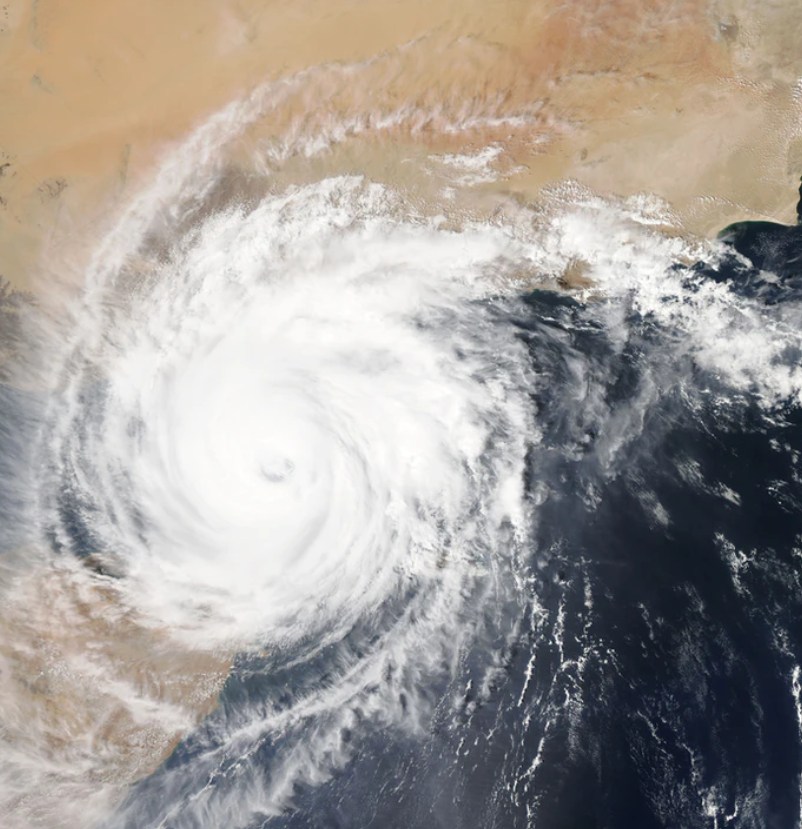This week is going to mark the first week of summer in the US, but that also means the Atlantic is already building up for a storm. The National Oceanic and Atmospheric Administration (NOAA) has sent out forecasts stating that warming waters have been setting the stage for hurricanes.
Around six to ten of theAm have been predicted to arrive in the coming months, and the agency is preparing new technologies in order to improve disaster preparedness in the most vulnerable areas.
Florida still a prime target for Atlantic hurricane

As always, Florida remains the most likely to be hit and this is simply in consistency with the NOAA's data (which actually includes storms all across the last century). This is then followed by Texas and Louisiana. In terms of cities, Miami ranks as the highest in terms of risk with a 48% chance of being hit. On the other hand, Texas and Louisiana could expect a slight letup after August.
The NOAA has long forecast that this will be another year of above-average storm activity with as many as 20 named hurricanes likely to form. Environmental advocates say the rising and warming waters that cause these hurricanes are yet another sign of global warming. Regardless, the NOAA is still making headway towards creating more accurate, real-time predictions to better implement evacuation and disaster preparedness for the most vulnerable states.
Among these include the deployment of a cutting-edge hurricane drone. Previously, the agency would use one of its own specially designed Hurricane Hunters to deploy dropsondes that briefly gather weather data while plummeting to the sea. However, these pods were growing highly inefficient when it came to the demands of generating enough data to make more accurate and more dynamic forecasts.
The drones can be considered a major upgrade to the Hurricane Hunters forecasting capabilities. They are built with the same sensors as the dropsondes but in a sturdier, aerodynamic body that can even reach the more dangerous areas of the storm.
Disaster preparation for hurricane season 2021
With over 40% of the population vaccinated against COVID-19, Americans in the most hurricane-prone areas could have an easier time preparing for storms compared to last year. Those in the state of Florida can even take advantage of an ongoing tax holiday aimed at reducing the cost of emergency supplies.
As to what those supplies are, here is a quick list to help anyone get started.
1. Water
As always, top priority goes to water. Medium-sized family households are expected to at least have several dozen gallons worth of clean drinking water as part of their emergency supplies.
2. Sanitation
Toilet paper, menstrual pads and other similar hygiene supplies should also be a top priority. There is no telling when running water will be available in the event of a hurricane evacuation so having proper sanitation supplies is a must.
3. First-aid kits
When shopping for first-aid kits, make sure it has all the essentials. These include not only painkillers but also different assortment of bandages as well as antiseptic wipes. You might also want to consider insect bite sprays and even a shot of anti-venom.
4. Emergency power
Lastly, power banks and portable generators can be crucial if you need electronic devices in order to maintain communication. In case of generators, make sure to always charge them up for 24-hours every month. Avoid doing just days before a storm warning has been sent.
Overall, do not just rely on agencies making early forecasts. Make sure you are ready at anytime!
© 2025 NatureWorldNews.com All rights reserved. Do not reproduce without permission.





